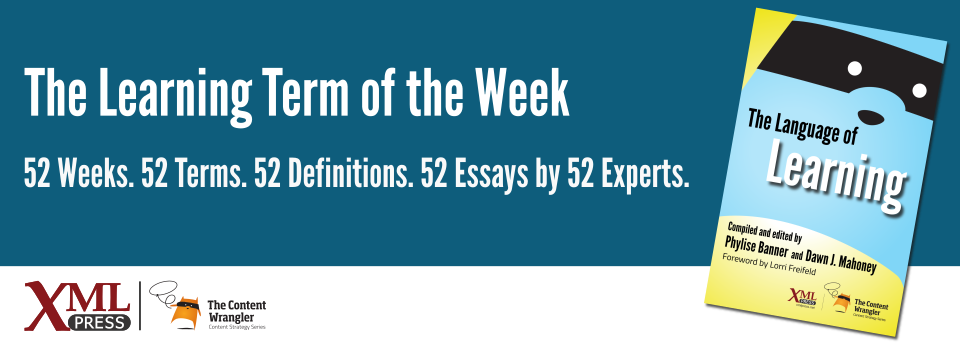As experienced professionals in the world of learning, we often come across words or phrases that can be interpreted in different ways, depending on the roles we play in designing, developing, delivering, facilitating, or evaluating learning. With the hope of guiding that interpretation, we are pleased to share this compilation book, The Language of Learning.
To compile this book, we reached out to our colleagues and friends from a variety of different learning-related careers and invited them to share their expertise. They are educators, designers, developers, technologists, researchers, facilitators, leaders, and mentors—all committed to making significant impacts in the learning space.
We asked our colleagues to select a term, share their definition of that term, explain the importance of the term, and explain why a business professional should know the meaning of the term.
The terms in this book are divided into five categories:
- Design: inputs that guide the decisions we make, enabling us to craft meaningful learning experiences.
- Strategy: philosophies that inform actions that we take to set and reach established learning goals and outcomes.
- Implementation: approaches we take to transform learning designs into tangible, measurable learning experiences.
- Evaluation: methodologies we use to test the validity of our work and determine what needs to be fixed or improved.
- Innovation: products, applications, and tools that have a notable impact on the future landscape of learning.
As with most disciplines, the language of learning includes unique terms and jargon. To that end, we have also included a glossary of terms to serve as a reference as you explore this book.
Our hope is that these definitions, the explanations, and the resources associated with each term in this book enable you to ask more informed questions, enhance the work that you are doing, and inspire further exploration of the learning landscape.
We wish you well on this learning journey!
